Mexico judicial election sees about 13% turnout in historic vote
Published in Political News
MEXICO CITY — The future of Mexico’s judiciary was decided by a small minority of voters after an unprecedented election of federal judges, including all members of the nation’s top court.
The electoral authority, known by its Spanish acronym, INE, estimated voter turnout at 12.6% to 13.3% in a preliminary count released late Sunday, as nearly 13 million voters cast ballots out of some 100 million eligible to vote.
By comparison, last year’s presidential election generated a 61% turnout.
The controversial election that asked voters to pick judges among several thousand hopefuls marked a first-of-its-kind experiment for a large democracy.
“Mexico is the most democratic country in the world,” said President Claudia Sheinbaum in a video message she posted Sunday night, celebrating the judicial overhaul.
In a televised address, the head of the electoral authority, Guadalupe Taddei, said results will gradually be released through June 10.
Preliminary results of the Supreme Court race were expected to be announced Monday and of the powerful new discipline court on Wednesday, with other vote counts to be released in the following days, according to Interior Minister Rosa Icela Rodriguez.
In total, voters elected people to fill 881 federal seats and 1,801 local judicial positions, she said.
The election could give Sheinbaum broad influence over a revamped judiciary, the only branch of government her leftist Morena party doesn’t control. At her press briefing Monday, she railed against opposition parties for criticizing the vote.
“Thirteen million people voted freely,” Sheinbaum said. “Everything can be perfected, but I think it was a great process.”
But the vote was largely characterized by its complexity. Each voter received at least six color-coded ballots that featured an average of 200 candidates, and they had to make selections according to their specialty and choose equal numbers of women and men.
Many voters consulted notes on their phones or paper lists, including former President Andrés Manuel López Obrador, the architect of last year’s constitutional reform that paved the way for a fully-elected federal judiciary.
“I didn’t really know many of the candidates, only three, and I voted for them. It was very complicated,” said Norma Mendoza, a 50-year-old housewife who voted in downtown Mexico City, noting it took her about 20 minutes to sort through nine ballots.
She confessed with a smile that she picked the rest of her candidates randomly.
Carmen Ríos, a 67-year-old retiree who voted with her son, explained that a list of candidates she consulted was slipped under her home’s door a few days ago. “I know some of them,” she said.
Other voters said they were ready after researching the hopefuls beforehand, some boasting it only took a few minutes to cast their ballots.
“When I arrived I was already focused on who I wanted to vote for. I did my research reading the newspapers online and watching the mañanera,” said high school teacher Claudia Pérez, 45, referring to Sheinbaum’s regular morning press conference.
Sheinbaum has staunchly defended the election, arguing it will purge the courts of corrupt judges and rampant nepotism. Critics countered that it will undermine the rule of law by injecting more politics into legal and constitutional disputes. Concerns that the election may remove a key check on the ruling party caused the peso to sell off last year.
A video of López Obrador shared online showed a rare post-presidency appearance for the veteran leftist, voting at a polling station in Palenque, Chiapas state, near his house in southern Mexico. He could be seen consulting what appeared to be a handwritten list.
Sheinbaum predicted a large turnout ahead of the vote.
Instead, Sunday’s election marked one of the Latin American nation’s lowest levels of voter participation. But it did manage to reach double-digits, and surpass a 2021 referendum that asked voters whether ex-presidents should be investigated for corruption, which attracted only a 7% turnout.
Fund-raising, traditional TV ads, big rallies and party support were prohibited during the campaign. With limited means to make themselves known, candidates largely relied on social media to reach voters. Leaders of Sheinbaum’s party and allied groups had in recent days handed out lists with the names of their preferred contenders, according to local media reports.
A protest at the capital’s Monumento de la Revolución, which commemorates Mexico’s early 20th century revolutionary war, attracted a few hundred voters who opted to voice their opposition to the election, instead of participating.
“This is a farce. They are trying to make fools of the people, and they are abusing their power to control the judiciary,” said Roberto, a 63-year-old engineer marching with his 88-year-old mother, Rocío. They asked that their surnames be withheld on concerns over reprisals.
Voters on Sunday were also electing five members of the discipline court that will be empowered to remove judges, as well as two judges on the top electoral court. Nineteen Mexican states — more than half — also held parallel elections, presenting those voters with still additional ballots to scrutinize.
------------
—With assistance from Maya Averbuch, Kelsey Butler and Kyle Kim.
©2025 Bloomberg L.P. Visit bloomberg.com. Distributed by Tribune Content Agency, LLC.


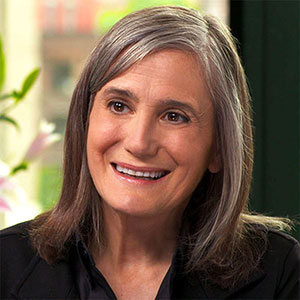
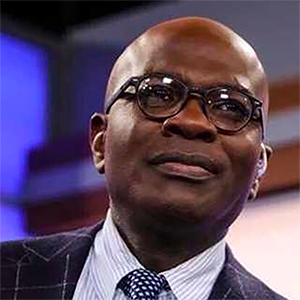



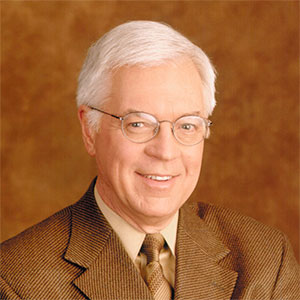

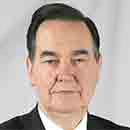

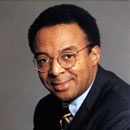











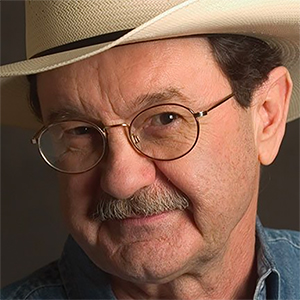

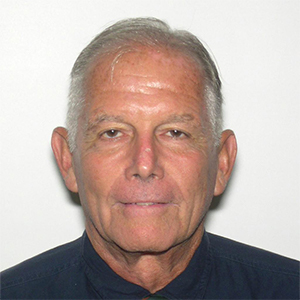
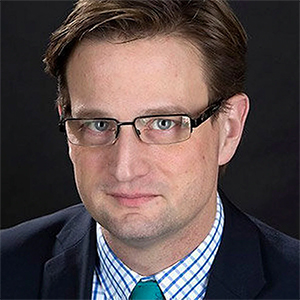


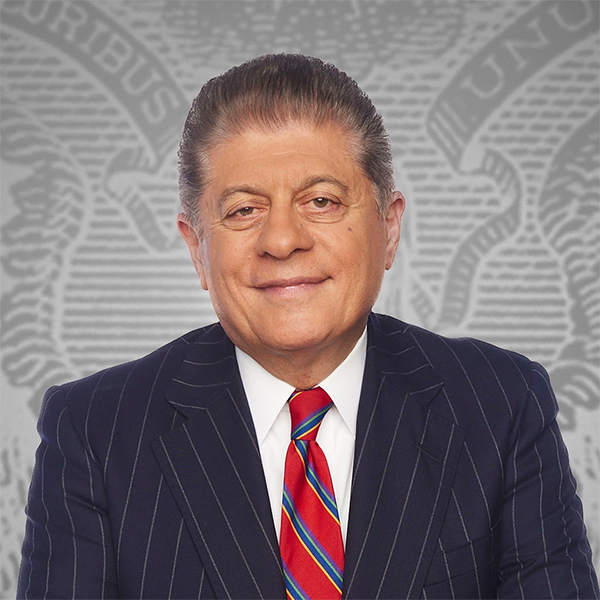






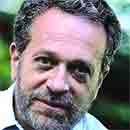





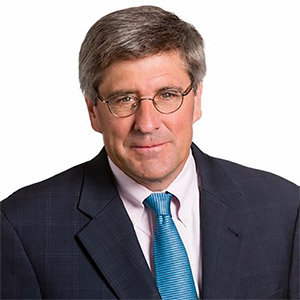

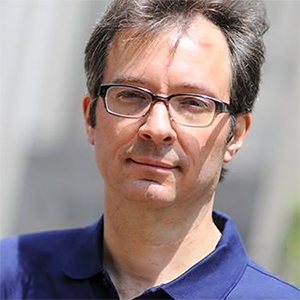
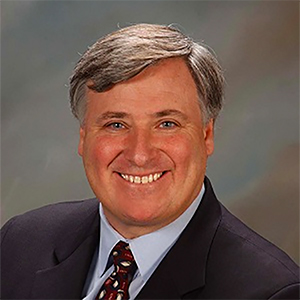











Comments